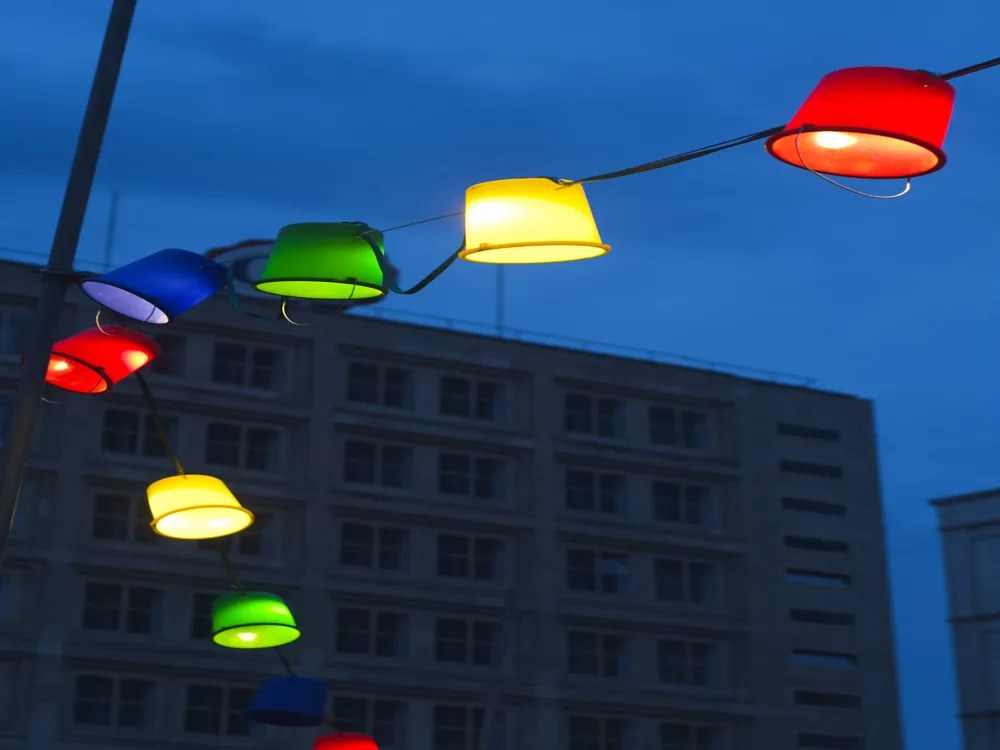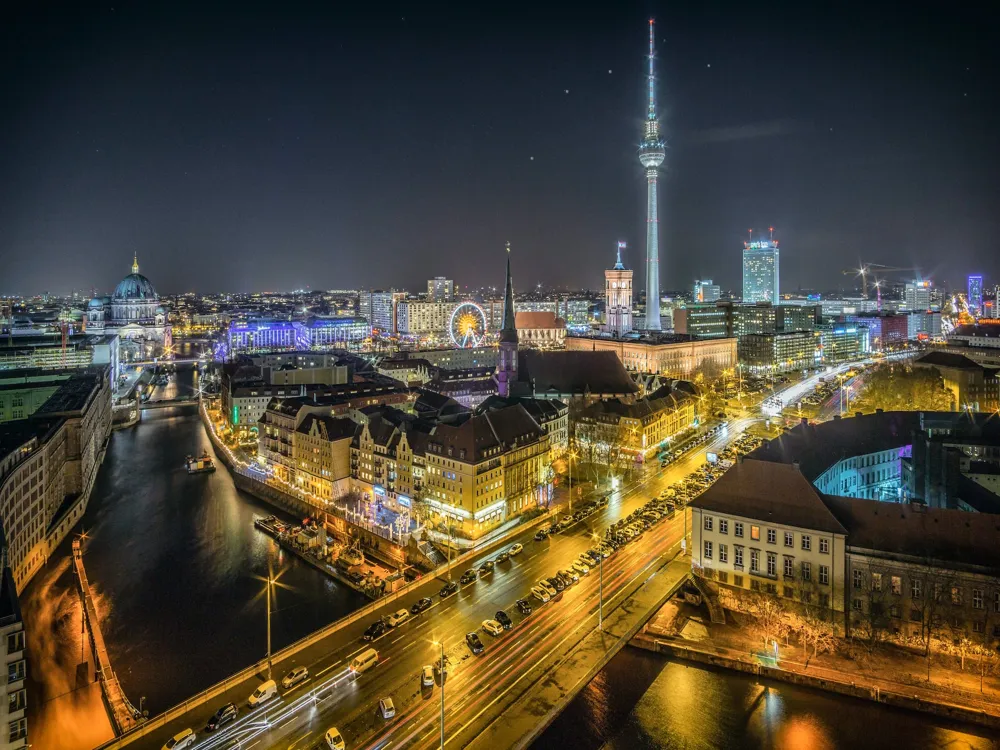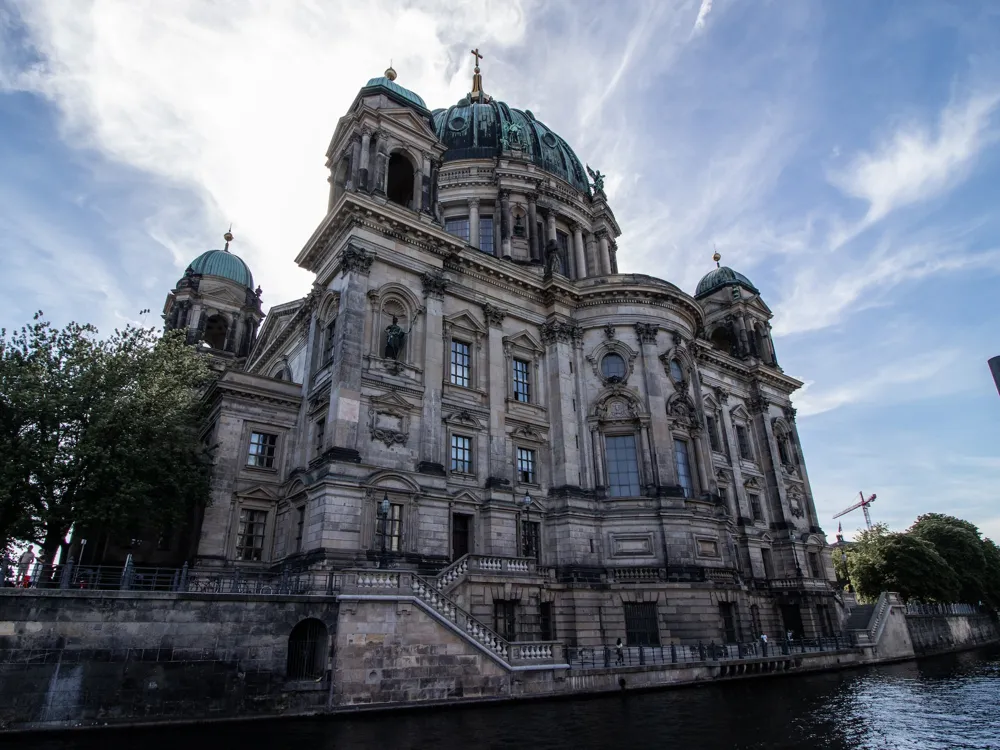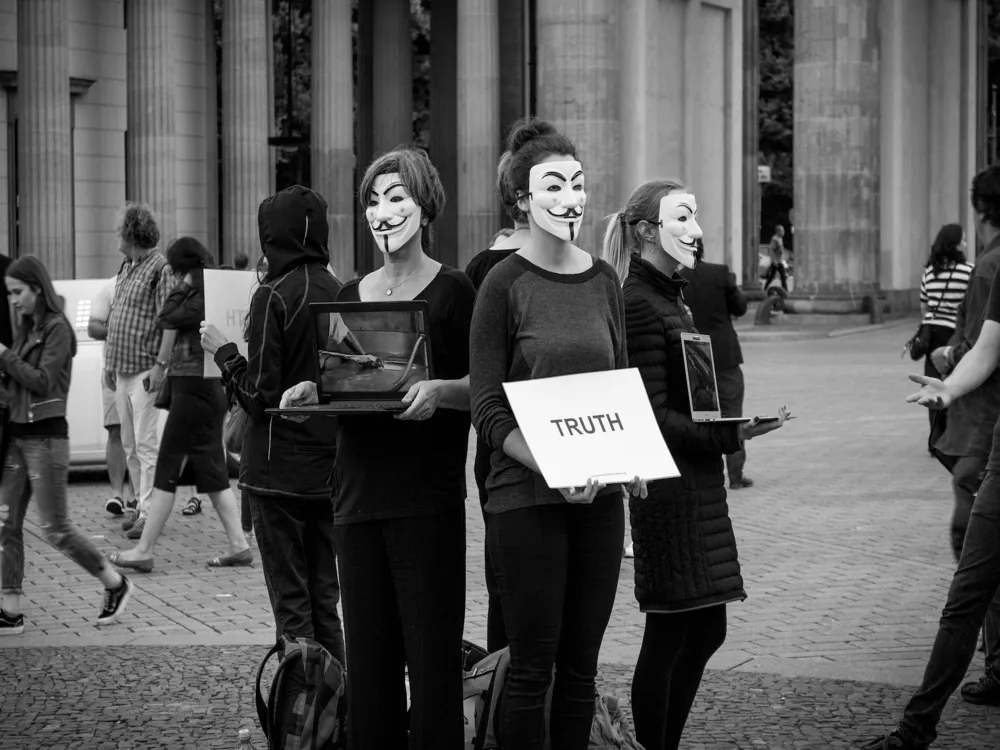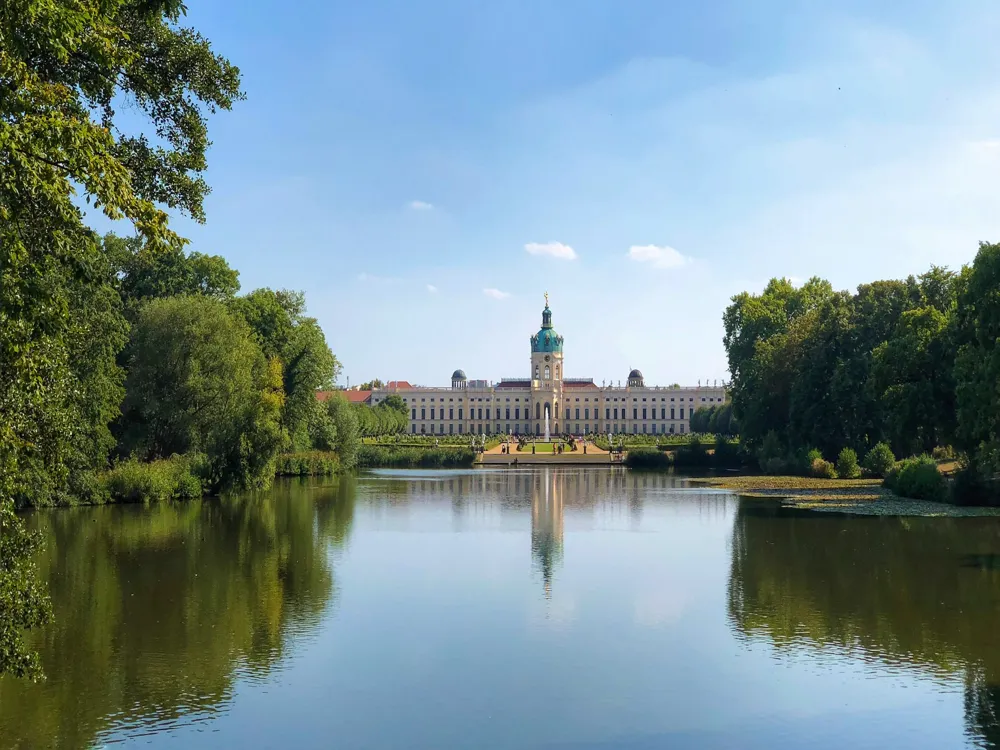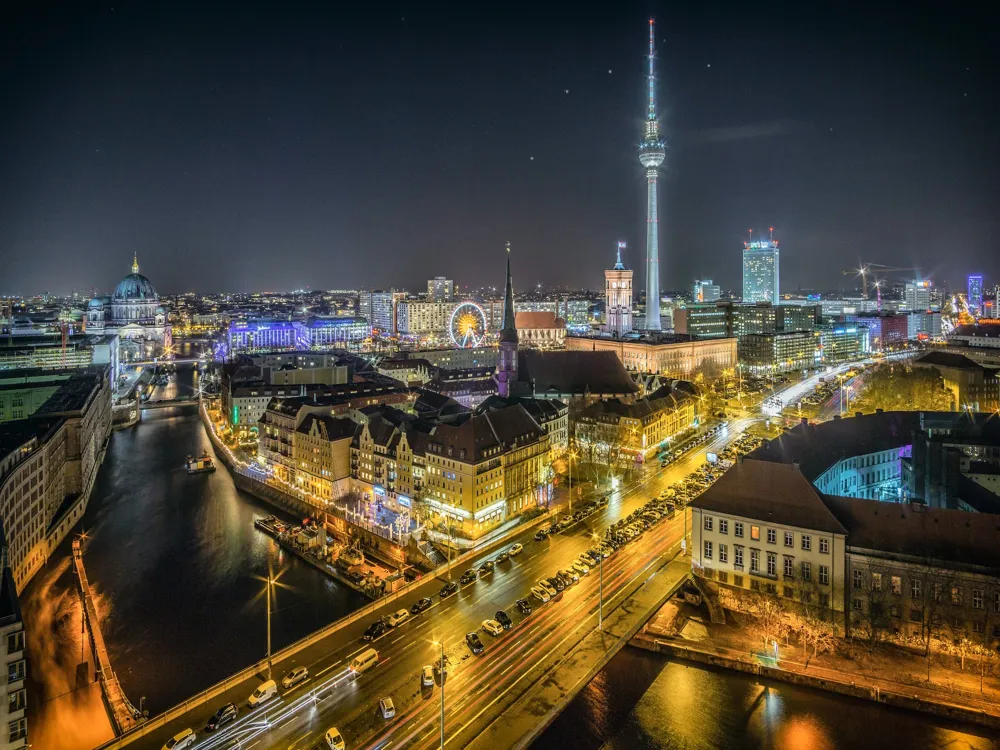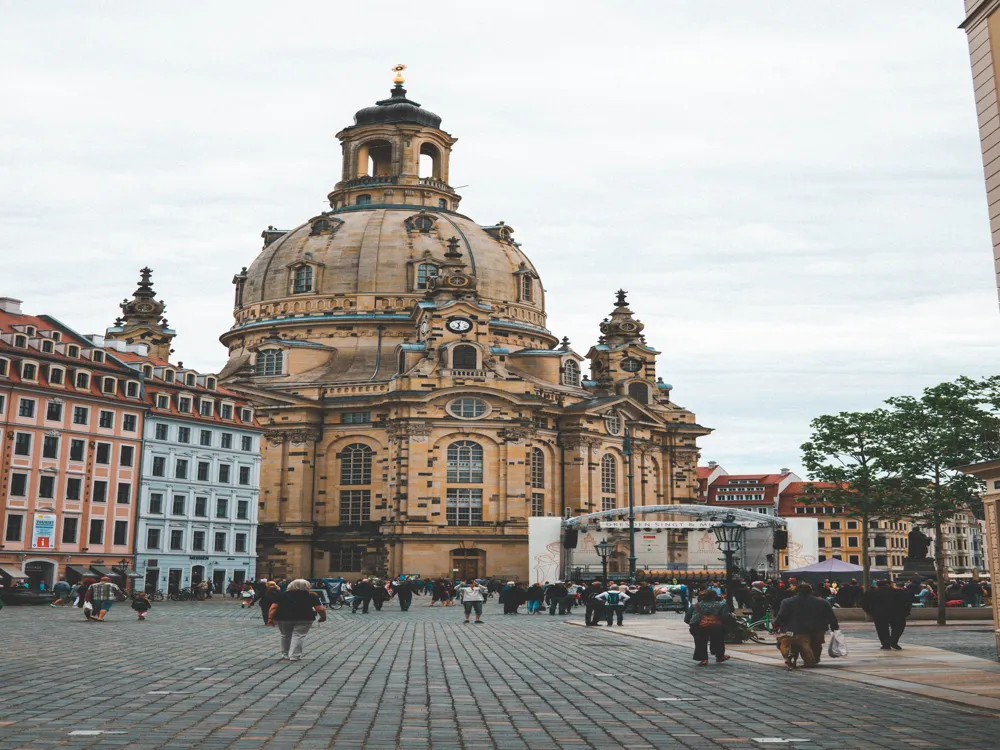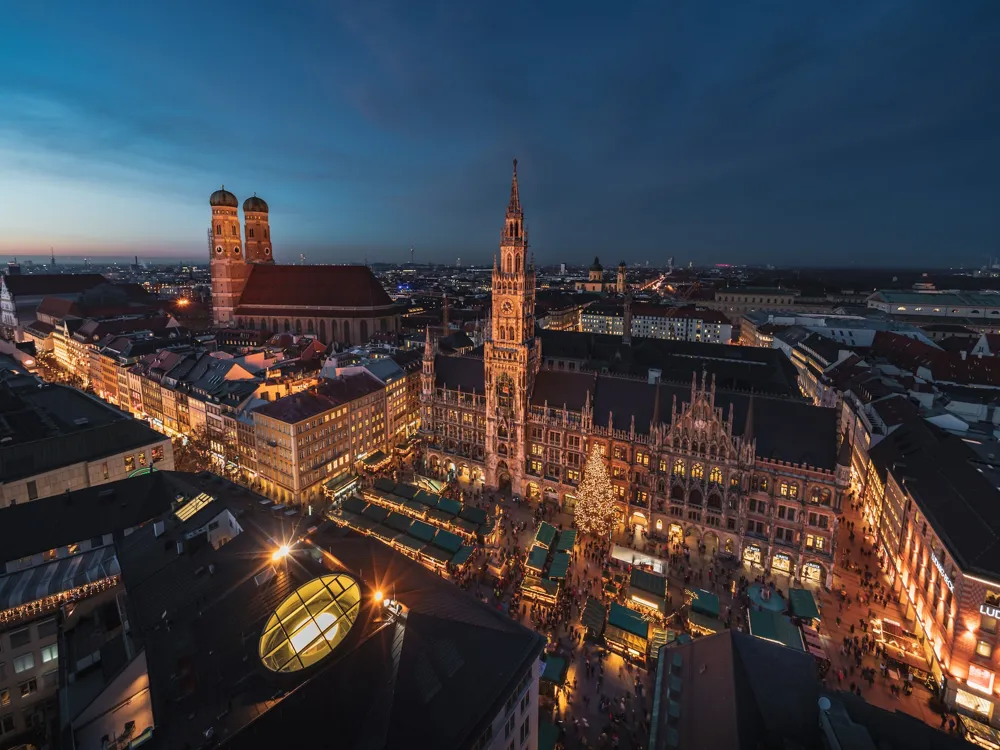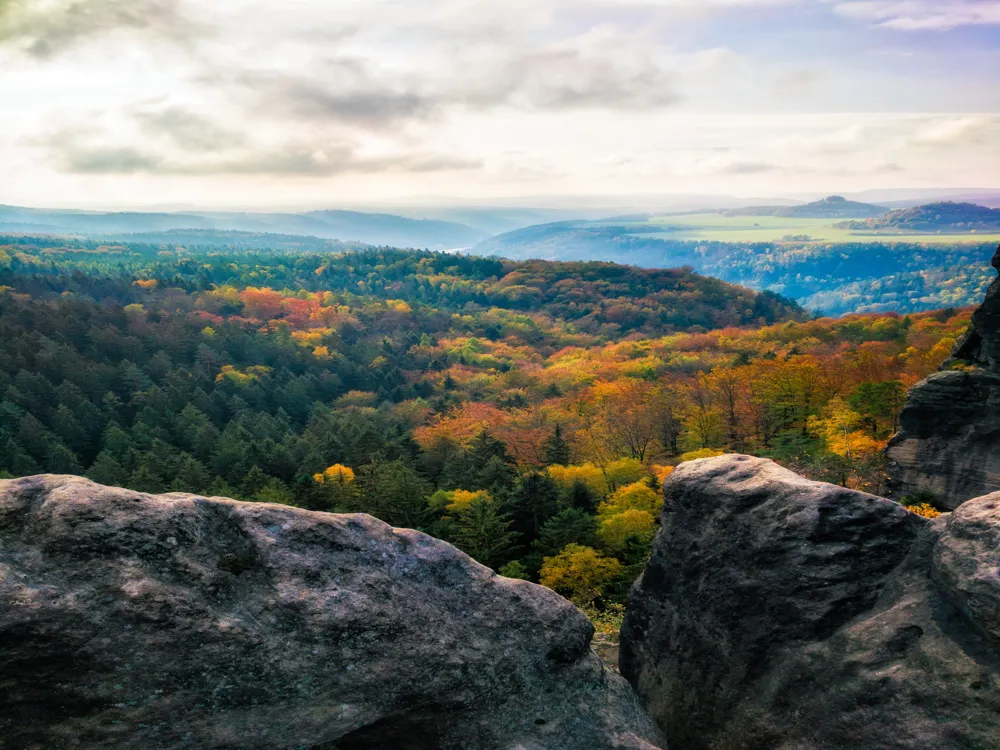The East Side Gallery stands as a significant historical and cultural landmark in Berlin. This open-air gallery, stretching approximately 1.3 kilometers along the River Spree, is renowned for being one of the longest remaining sections of the Berlin Wall. After the fall of the Berlin Wall in 1989, artists from across the globe congregated here to transform the gray facade of the wall into a canvas, vividly portraying a range of political commentaries, artistic expressions, and messages of peace and freedom. Today, the gallery is a symbol of hope and remembrance, attracting millions of visitors annually who come to witness this unique fusion of history and art. The East Side Gallery's inception was a spontaneous and organic response to a monumental event in world history. Over 100 artists from more than 20 countries contributed to the gallery, each adding their own style, perspective, and voice to this collective piece of art. Notable works include Dmitri Vrubel's famous 'Fraternal Kiss' and Birgit Kinder's 'Test the Rest.' These murals not only represent artistic creativity but also embody the political and social atmosphere of the time, offering a window into the hopes and challenges of the post-Cold War era. The architecture of the East Side Gallery is intrinsically linked to its history as a segment of the Berlin Wall. The Wall itself was constructed in 1961 to prevent East Berliners from fleeing to the West. Its original design was simple yet imposing, consisting of large concrete slabs topped with a smooth pipe, making it difficult to climb. Over the years, the Wall underwent several modifications to strengthen its fortifications. However, it was after its fall that the Wall transformed from a symbol of division to one of artistic expression. The East Side Gallery's architectural significance lies not in its structural design but in its transformation into an artistic canvas. The concrete slabs of the Wall, once a barrier, became a space for artists to express their thoughts on freedom, politics, and humanity. This metamorphosis of the Wall's function is a poignant example of how architecture can evolve beyond its original intent, adapting to the changing narratives and needs of society. Spring and early autumn are ideal for visiting the East Side Gallery, offering pleasant weather and fewer crowds. Mornings are typically less crowded, providing a more serene experience. Visitors are encouraged to admire the murals without touching them, as the oils from hands can degrade the artwork. Photography is allowed, but commercial use requires permission. For a deeper understanding of the Gallery's history and artwork, consider joining a guided tour. These tours offer insightful commentary and historical context. Reaching the East Side Gallery is convenient, thanks to Berlin's efficient public transport system. The closest train stations are Ostbahnhof and Warschauer Straße, both accessible via S-Bahn (city trains) and U-Bahn (subway). From these stations, the gallery is a short walk away. Additionally, several bus lines serve the area, and there are ample bicycle racks for those who prefer cycling. For visitors driving, parking can be found in the vicinity, though it's advisable to use public transport due to limited parking spaces. READ MORE:-Overview of the East Side Gallery in Berlin
Architecture of the East Side Gallery
Tips When Visiting the East Side Gallery
Best Time to Visit
Respecting the Artwork
Guided Tours
How To Reach the East Side Gallery
East Side Gallery
Berlin
₹ 58,000 onwards
View berlin Packages
Berlin Travel Packages
View All Packages For Berlin
Top Hotel Collections for Berlin

Private Pool

Luxury Hotels

5-Star Hotels

Pet Friendly
Top Hotels Near Berlin
Other Top Ranking Places In Berlin
View All Places To Visit In berlin
View berlin Packages
Berlin Travel Packages
View All Packages For Berlin
Top Hotel Collections for Berlin

Private Pool

Luxury Hotels

5-Star Hotels

Pet Friendly







